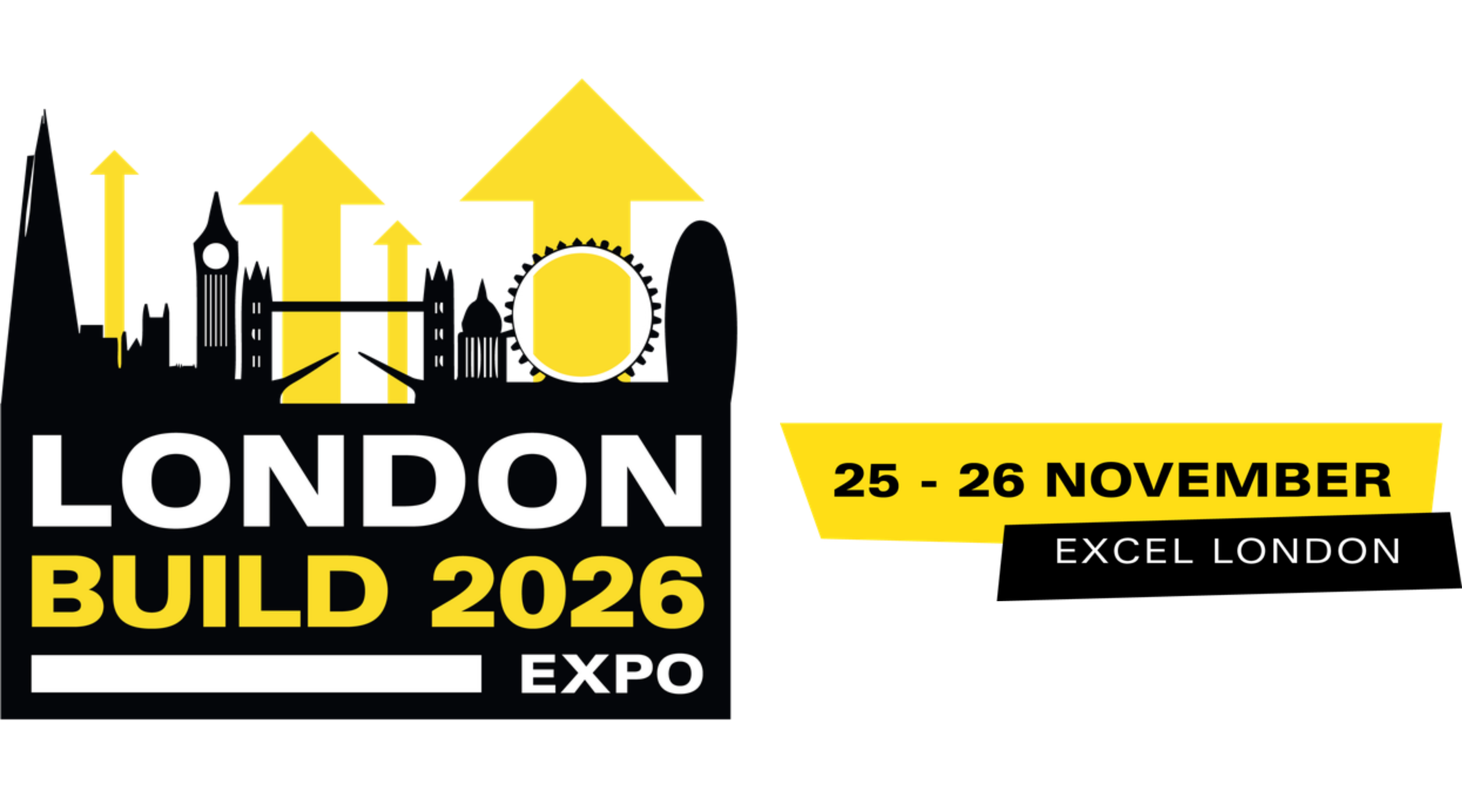Your future home could grow and breathe
)
The Universities of Newcastle and Northumbria are teaming up ' with the help of '8 million ($9,719,352 US dollars) ' to design and develop the buildings of the future. This initiative, called the Hub for Biotechnology in the Built Environment (HBBE), will use technology to create a new generation of 'Living Buildings' that can grow, self-regulate, and even strengthen kids' immune systems.
Thirty-two designers, scientists, and engineers will staff the Hub, creating what HBBE calls The OME, an 'Experimental 'Living' House.' The OME, if successful, will serve as a template for future living homes, which will be constructed with living engineered materials and modulate their microbiome to improve human health and reduce pollution. The HBBE project was inspired by the impending climate crisis, which is forcing humans to rethink'the way we live and build.
HBBE calls this venture 'the next frontier in building technology,' as it represents a new-age return to a time when buildings were part of nature. One of the most radical features of these living homes? Because they're alive, they will eventually die.'
These growing, breathing buildings will have a life cycle, but instead of requiring a costly and high-polluting demolition, they will be engineered to 'gently die and return to the earth,' says Martyn Dade-Robertson, Professor of Emerging Technology and co-director of the HBBE. Their deconstruction will help 'form the food for the next ones to grow, change, and adapt.''
Robertson wrote an article last week for'The Conversation,'explaining the five ways that biotechnology can bring buildings of the future to life.
1. Growing'Robertson proposes mycelium, the root network of fungus, as one of the materials of the future. It can grow easily and quickly on wood chips and coffee grounds, and was used to construct a 43-foot-tall tower in New York in 2014, called the Hy-Fi installation. Though the fungus was in brick form and no longer living, NASA's myco-architecture project is investigating structures where mycelium can grow and adapt.
2. Healing'Scientists at the'Delft University of Technology'are looking into the use of bacterial spores (seeds) to counteract the problem of water seeping into cracks in concrete, which can rust a structure's metal reinforcement. If this bacteria is in place, water damage will actually activate the building's healing, triggering a chemical process that grows calcite crystals to close cracks. Robertson says that this technique can add decades to the life of a building.
3. Breathing'Robertson compares the air-conditioning systems in modern skyscrapers to 'permanent life support.' He proposes a solution developed by MIT scientists: bacteria spores combined with latex that lets a building's walls 'sweat' to release humidity. This material allows air to flow through'walls, eliminating the need for AC or even windows.
4. Immunity'There are 'trillions of microorganisms on every surface of our homes and bodies, and in the air around us,' Robertson says. However, he notes that exposure to 'good bacteria' can help build children's immune systems, preventing allergies and common illnesses. University College London researchers are working on bioreceptive surfaces that promote the growth of this good bacteria, so your home can be probiotic, too.
5. Digestion'It might be gross to think of your home consuming and creating waste, but it already does. Most buildings absorb a lot of energy and produce even more waste that has to be disposed of. But what if it could be reused? The Living Architecture project is developing a new fuel cell that can turn domestic waste into electrical power, making homes closer to self-sufficient. Robertson theorizes that, in the future, your toilet could charge your phone.
This future may still be years away, but all of these projects are making significant steps toward a more natural, eco-friendly human environment. After all, the first humans made their homes with nature, in nature ' so why can't we?
Source: Parentology
London Build is the leading building & construction show for London and the UK. Gain access to 350+ exhibitors, 500+ speakers and connect with 25,000+ registered visitors. If you are interested in speaking, exhibiting or becoming an official event partner for the 2019 show, simply submit your interest and a member of the team will be in touch.'

